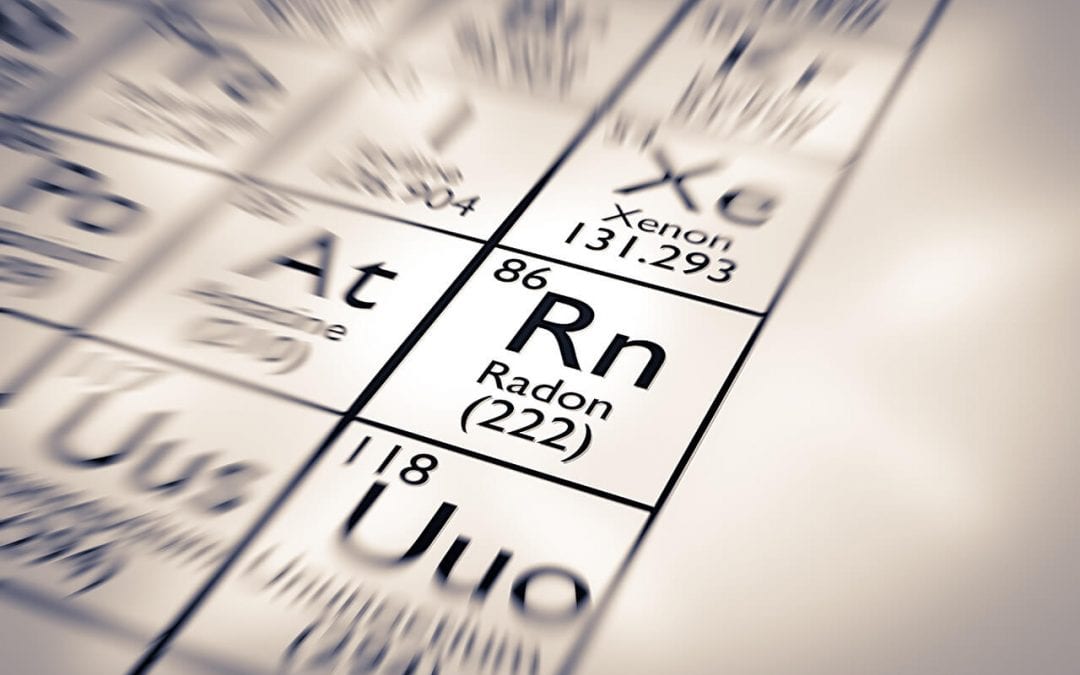The health concerns associated with breathing too much radon are legitimate. The EPA estimates that radon kills around 21,000 in the United States every year. If you’ve discovered that your home has high levels of radon, there is still time to take action.
Radon gas forms naturally in our environment. While you cannot get rid of the source of radon in the ground under your home, you can reduce the amount of this radioactive gas that gets into your home. Here are four things that you should do if you find out that there are high levels of radon in your home.
1. Testing For Radon in Your Home
What is a high level of radon in your home? Radon is measured in picocuries per liter, and any home that tests at 4 or more is considered high by the EPA. Living with radon levels of 4 or higher is unsafe and puts you at risk for lung cancer. It’s important to get accurate results from your radon test, so hire a trained professional instead of trying to do it yourself.
2. Ventilation
When you realize that you have high levels of radon in your home, get some fresh air circulating to dilute the radon. Opening the windows and turning on fans is not going to solve the whole problem, but it’s the quickest way to make the air safer until you find out why the concentration of gas is so high and mitigate the radon.
Basements: If you have a basement, that’s likely where the gas concentration is at its highest since radon is released from the soil and water. Open any basement windows for ventilation. If possible, use fans in the windows and on the floor.
Crawl Spaces: You can open whatever access there is to your crawl space and put fans inside to ventilate the air.
Windows and Doors: Depending on the weather, open as many windows and doors in the house as possible and turn on ceiling fans if there is too much radon in your home. You can also run your HVAC on the fan setting to get air moving.
3. Find a professional radon mitigator.
Once you’ve done what you can to get the air moving, find a radon mitigation specialist to fix the problem. Radon isn’t something you want to take any chances with.
Find a reputable radon mitigation company who is certified to install radon mitigation systems and make any other improvements to your home to prevent radon from building back up. They will be able to locate the areas in your home where the gas concentrations are the highest. Their radon mitigation plans will evaluate, repair, and improve the following things.
Foundation: Radon that is emitted from the ground will naturally dissipate into the air when it’s outside of your home. But, there may be cracks in your foundation or the walls and floors in your basement that are allowing radon into your home. Cracks are caused by the house settling over time and can be sealed to keep radon out of your home.
Crawl space: Plastic can be laid down on the ground of the crawl space to block radon from entering. A vent pipe and fan can also be installed in the crawl space to redirect the radon outdoors.
Basement: If you have a basement, the radon mitigator will determine which type of radon reduction system is most effective for your situation.
4. Recheck the radon levels.
Even after you’ve taken all of the necessary measures to reduce the levels of radon in your home, you should still test the radon levels periodically to make sure they are staying below 4 picocuries per liter.
Highland Home Inspections serves the Greater Boston area with radon testing and other home inspection services. Contact us to book an appointment.

